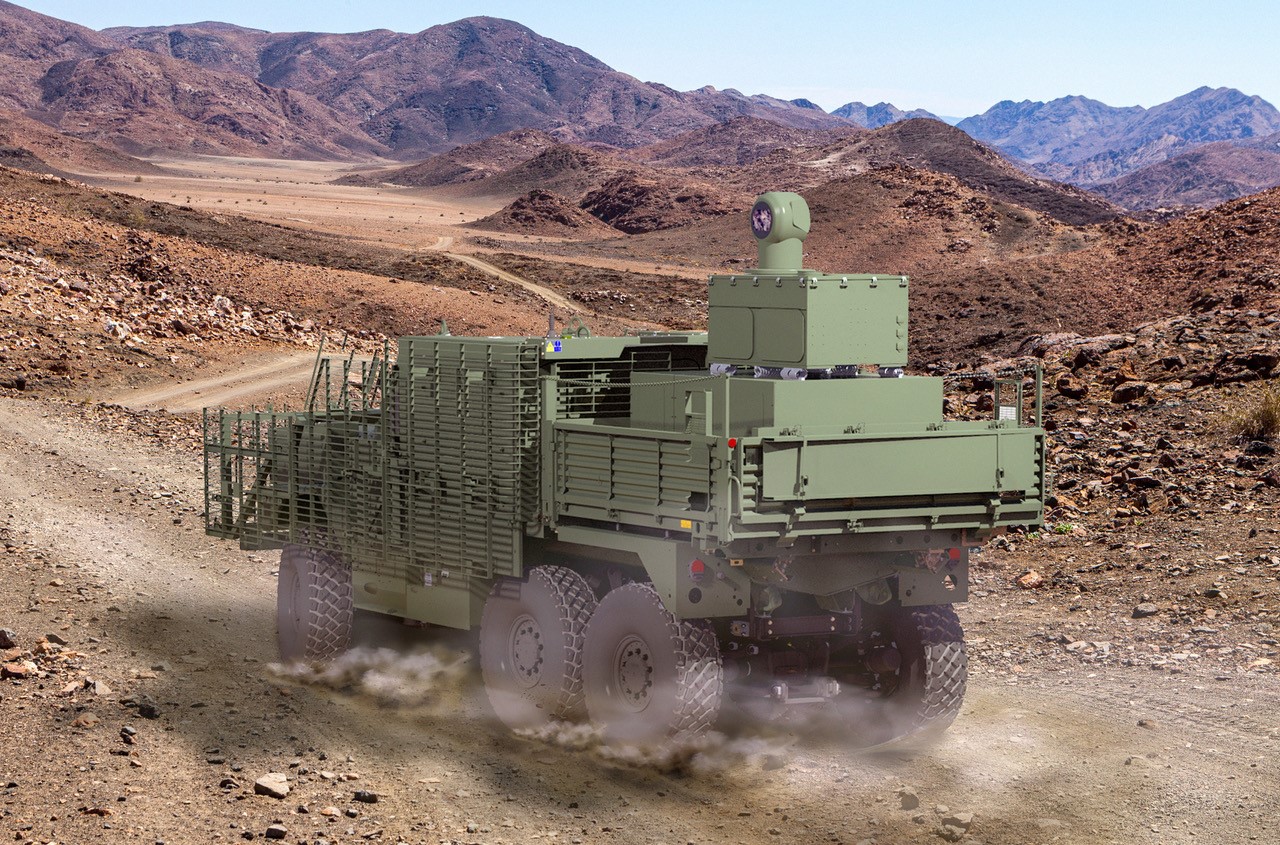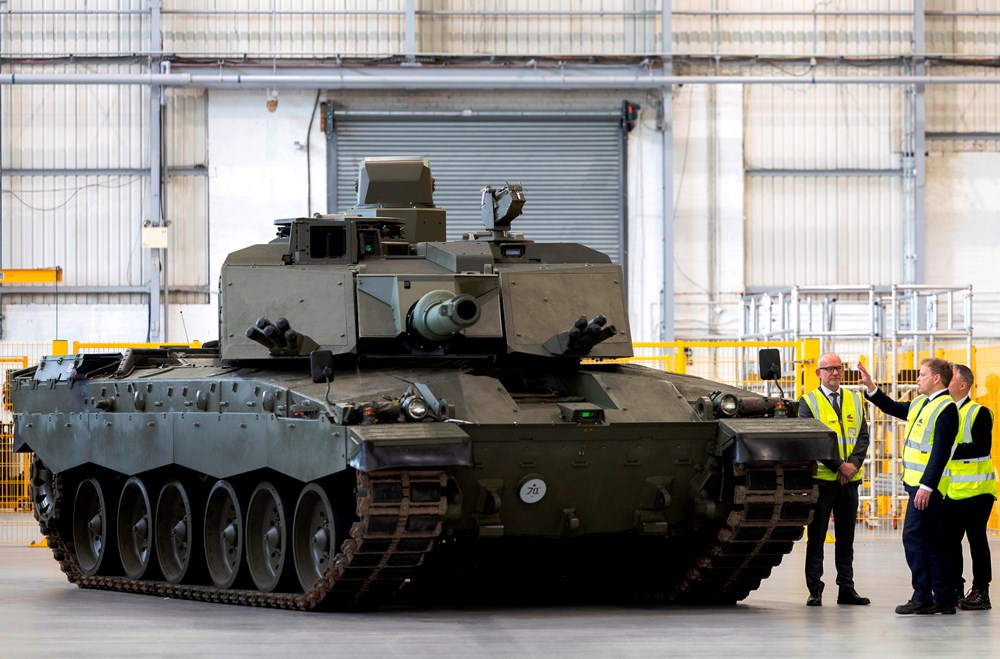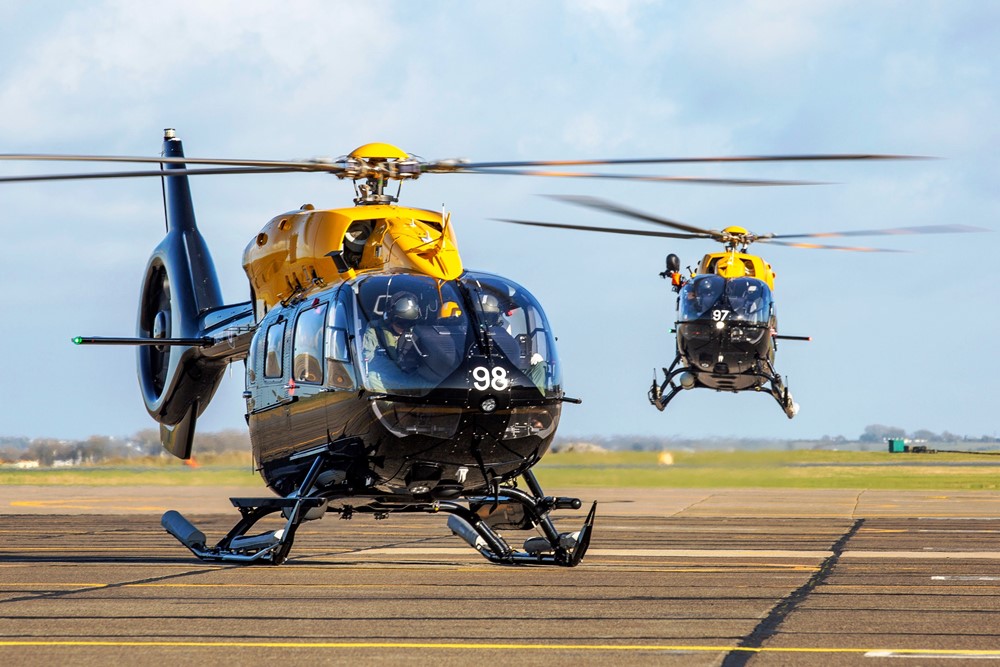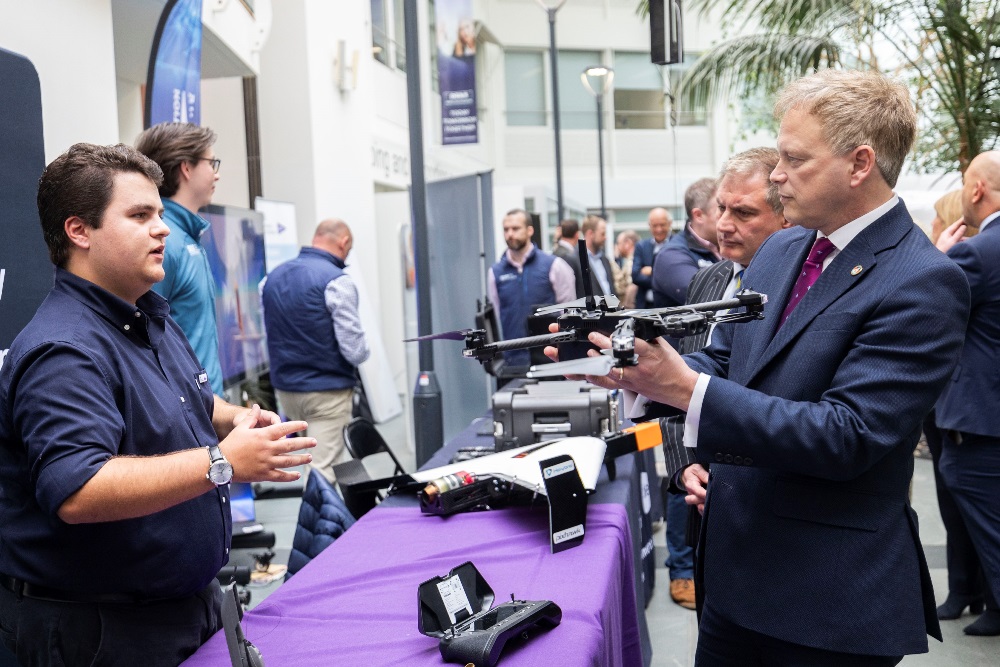MBDA to develop next gen Anglo-French anti-ship missile
This jointly funded Anglo-French contract, valued at more than £500 million (€600 million) has been awarded to MBDA by the UK DE&S (Defence Equipment & Support) on behalf of the French and UK MODs and will be managed as part of MBDA’s Team Complex Weapons Portfolio. The work will complete the joint assessment and missile design work funded by the two nations in cooperation since 2009.
By working in concert and bringing together their respective strengths, Britain and France will not only achieve a more cost effective solution to their military needs, they will also help to strengthen MBDA’s position in confronting worldwide competition. Similarly this will also benefit the capability and export potential of those European helicopter platforms which will integrate the FASGW(H)/ANL system over the coming years.
Antoine Bouvier, CEO of MBDA said: “This programme initiates a new era of cooperation that will allow significant efficiencies on future programmes. Instead of combining their efforts programme by programme, as has been the case up to now, France and the UK will coordinate their development and acquisition approach to eliminate duplication in the missile sector. The benefits in terms of competitiveness and performance, which MBDA has already demonstrated with its principal cooperative programmes (Aster, Storm Shadow/SCALP, Meteor), will accrue in due course to more and more of our French and UK products. A decisive step has been made towards the reinforcement and sustainability of the missile industry sector in Europe. This development also ensures a long-term commitment to our armed forces customers with regard to their security of supply based on mutual access to sovereign technologies”.
FASGW(H)/ANL will equip the Royal Navy’s AW159 Lynx Wildcat helicopters and the French Navy’s maritime helicopters. Weighing around 100kg, this modern primarily anti-ship missile will destroy from safe stand-off ranges vessels ranging from FIAC (Fast Inshore Attack Craft), through medium sized FAC (Fast Attack Craft) up to large vessels such as Corvettes. This missile also has a surface attack capability against coastal and land targets.
This joint programme will deliver an enhanced capability to replace existing and legacy systems such as the UK-developed Sea Skua and the French-developed AS15TT anti-ship missiles. It also puts into practice the new cooperative principles agreed by France and the UK during the summit meetings held between the countries’ governments in November 2010, February 2012 and the Brize Norton summit on the 31st January 2014. These principles extend to the creation of Centres of Excellence common to the two countries. While optimising operational efficiency at the industrial level, this approach will also preserve the technology sovereignty of both countries.
Suitable for both blue water and cluttered littoral operations, FASGW(H)/ANL represents a major advance from a technological standpoint. This new system provides very precise effects against a wide range of threats, even in complex environments, thus satisfying a recognised and common future need. A high speed, two-way data-link communicates the images “seen” by the missile’s seeker to the operator, who, in addition to initiating an autonomous engagement, can alternatively remain in control of the missile throughout the full duration of its flight. This optional, man-in-the-loop, monitor-and-control facility, enables new capabilities such as: in-flight re-targeting; final aim point correction and refinement; or safe abort. Ultimately, the missile will be able to engage targets situated out of direct line of sight when the launch platform is able to benefit from third party target designation techniques, for example laser illumination.

Above:
Artists impression of one of the new missiles being fired.
© MBDA UK 2014
The Ministry of Defence will contribute £280 million towards the development of the future anti-surface guided missiles in what is the first new collaborative project since last month’s Anglo-French summit, held at RAF Brize Norton. This marks a significant step in joint working on complex weapons between the two nations.
The investment will sustain around 200 highly skilled UK jobs and work will take place at MBDA sites in Lostock near Manchester, Bristol and Stevenage. The contract will also protect a further 200 jobs in France.
The missiles will use sophisticated homing technology to attack small and medium-sized targets and will be carried by the Royal Navy’s new Wildcat helicopters.
The Minister for Defence Equipment, Support and Technology, Philip Dunne, said: "This highly sophisticated complex weapon system will provide our new Royal Navy Wildcat helicopters with unparalleled strike capabilities. Not only will the contract protect around 200 specialist engineering jobs in the UK, but is also an important plank in building the strength of our relationship with France through joint procurement of common equipment, which will provide interoperability and other benefits of working in partnership."
The First Sea Lord, Admiral Sir George Zambellas, said: "These state-of-the-art missiles will play their part in the maintenance of a credible navy; not only will they provide the Fleet Air Arm with a continuing battle-winning edge into the future, but they will also help to strengthen our partnership and interoperability with our good friends in the Marine Nationale [French Navy]."
Weighing around 100kg, this modern primarily anti-ship missile will destroy vessels from a safe stand-off range. The missile also has a surface attack capability against coastal and land targets. The joint programme will deliver an enhanced capability to replace existing and legacy systems such as the UK-developed Sea Skua and the French-developed AS15TT anti-ship missiles.
This new system provides very precise effects against a wide range of threats, even in complex environments. A high speed, 2-way data-link communicates the images ‘seen’ by the missile’s seeker to the operator, who, in addition to initiating an autonomous engagement, can alternatively remain in control of the missile throughout the full duration of its flight.
This optional, man-in-the-loop, monitor-and-control facility enables new capabilities such as in-flight retargeting, final aim point correction and refinement, and safe abort.














